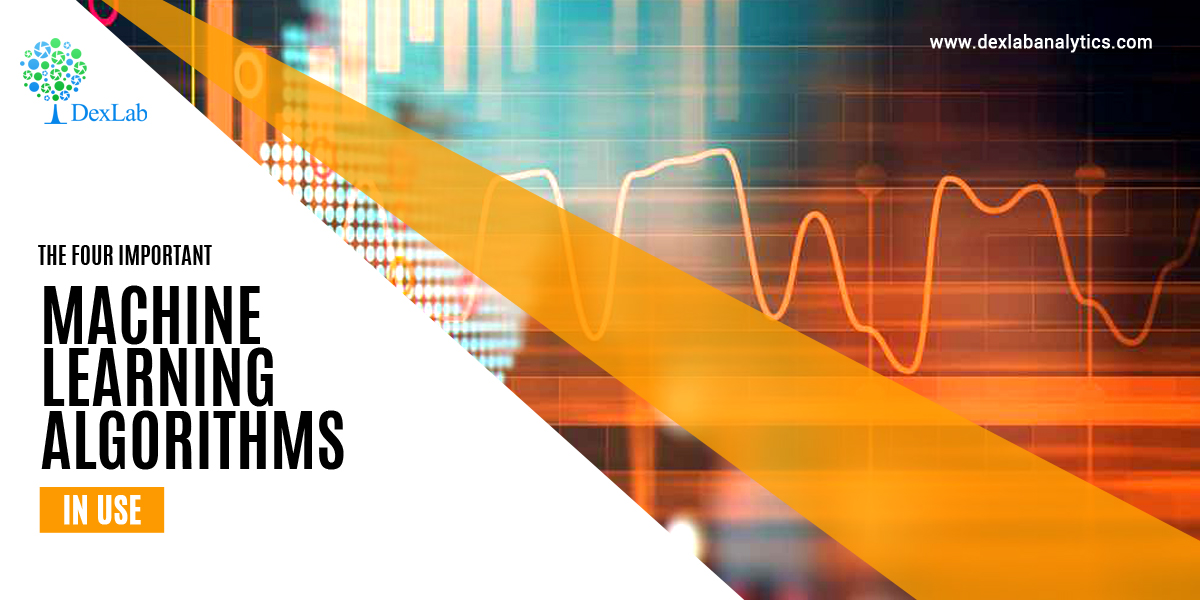
Machine Learning, a subset of Artificial Intelligence, has revolutionized the business environment the world over. It has brought actionable insights to business operations and helped increase profits acting as a reliable tool of business operations. In fact, its role in the business environment has become almost indispensable, so much so that machine learning algorithms are needed to maintain competitiveness in the market. Here is a list of machine learning algorithms crucial to businesses.
Supervised Machine Learning Algorithms
Supervised Learning involves those algorithms which involve direct supervision of the operation. In this case, the developer labels sample data corpus and sets strict boundaries upon which the algorithm operates, says a report.
Here human experts act as the tutor or teacher feeding the computer system with input and output data so the computer can learn the patterns.
“Supervised learning algorithms try to model relationships and dependencies between the target prediction output and the input features such that we can predict the output values for new data based on those relationships which it learned from the previous data sets,” says another report.
The most widely used supervised algorithms are Linear Regression; Logistical Regression; Random Forest; Gradient Boosted Trees; Support Vector Machines (SVM); Neural Networks; Decision Trees; Naive Bayes; Nearest Neighbor. Supervised algorithms are used in price prediction and trend forecasting in sales, retail commerce, and stock trading.
Unsupervised Machine Learning Algorithms
Unsupervised Learning is the algorithm which does not involve direct control of the developer or teacher. Unlike in supervised machine learning where the results are known, in the case of unsupervised machine learning algorithms, the desired results are unknown and not yet defined. Another big difference between the two is that supervised learning uses labelled data exclusively, while unsupervised learning feeds on unlabeled data.
The unsupervised machine learning algorithm is used for exploring the structure of the information; extracting valuable insights; detecting patterns; implementing this into its operation to increase efficiency.
Digital marketing and ad tech are the two fields where Unsupervised Learning is used to effectively. Also, this algorithm is often applied to explore customer information and mould the service accordingly.

Semi-supervised Machine Learning Algorithms
Semi-supervised learning algorithms represent features of both supervised and unsupervised algorithms. In essence, the semi-supervised model combines some aspects of both into a unique aspect of itself. Semi-supervised machine learning algorithm uses a limited set of labelled sample data to train itself. The limitation results in a partially trained model that later gets the task to label the unlabeled data. Due to the limitations of the sample data set, the results are considered pseudo-labelled data, says a report. Lastly, labelled and pseudo-labelled data sets are combined with each other to create a distinct algorithm that combines descriptive and predictive aspects of supervised and unsupervised learning.
Semi-supervised learning uses the classification process to identify data assets and clustering process to group it into distinct parts.
Legal and Healthcare industries, among others, manage web content classification, image and speech analysis with the help of semi-supervised learning.
Reinforcement Machine Learning Algorithms
Reinforcement learning represents what is commonly understood as machine learning artificial intelligence.
In essence, reinforcement learning is all about developing a self-sustained system that, throughout contiguous sequences of trials and errors, improves itself based on the combination of labelled data and interactions with the incoming data. The method aims at using observations gathered from the interaction with the environment to take actions that would maximize the reward or minimize the risk.
Most common reinforcement learning algorithms include: Q-Learning; Temporal Difference (TD); Monte-Carlo Tree Search (MCTS); Asynchronous Actor-Critic Agents (A3C).
Modern NPCs and other video games use this type of machine learning model a lot. Reinforcement Learning provides flexibility to the AI reactions to the player’s action thus providing viable challenges. Self-driving cars also rely on reinforced learning algorithms.
For more on Machine Learning courses in Delhi, check out the DexLab Analytics course structure today.
.
Artificial Intelligence, artificial intelligence analytics, artificial intelligence certification, artificial intelligence training institute, Machine Learning, Machine Learning Certification, Machine Learning course, Machine Learning course in Gurgaon, Machine Learning course online, Machine Learning Courses, Machine Learning Training
Comments are closed here.